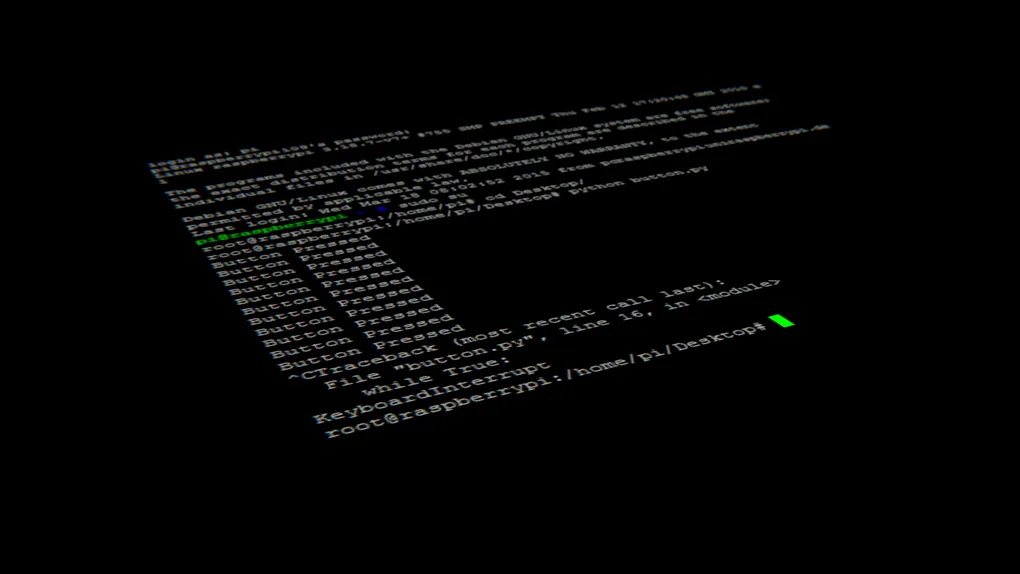
Commands
Below is an A to Z reference of essential Unix/Linux commands. This will serve as your quick-access arsenal whenever you need to execute system tasks, automate workflows, or dominate the terminal like a pro
📜 Essential Linux Commands (A-Z)
🅰️ A Commands
alias→ Create shortcuts for commandsawk→ Powerful text-processing tool for data extraction and manipulation
🅱️ B Commands
basename→ Extract filename from a pathbg→ Resume a job in the backgroundbzip2→ Compress files
🌊 C Commands
cat→ View file contentscal→ Display a calendarcd→ Change the working directorychmod→ Change file permissionschown→ Change file ownershipcp→ Copy files and directoriescurl→ Transfer data using URLscut→ Extract specific columns from a file
🏗️ D Commands
date→ Display current date and timedf→ Show disk space usagedu→ Show directory sizediff→ Compare two files line by linedig→ Query DNS recordsdmesg→ Show system boot and kernel messages
📜 E Commands
echo→ Print text to the terminalexit→ Close the terminal sessionenv→ Show environment variablesexec→ Replace the shell process with another process
🔍 F Commands
file→ Determine file typefind→ Search for filesfree→ Show RAM usagefsck→ Check and repair filesystem
🛠️ G Commands
grep→ Search for patterns in textgit→ Version control systemgroupadd→ Create a new user groupgzip→ Compress filesgawk→ GNU version ofawk
🏠 H Commands
head→ Display first 10 lines of a filehostname→ Show or set the system hostnamehtop→ Interactive process viewerhistory→ Show previously run commands
📡 I Commands
ifconfig→ Show network interfaces (deprecated, useip)ip→ Configure network interfacesiptables→ Configure firewall rules
⏳ J Commands
jobs→ List background jobsjournalctl→ View system logs
❌ K Commands
kill→ Terminate a process by PIDkillall→ Kill processes by namekmod→ Load or unload kernel modules
📂 L Commands
ls→ List directory contentsln→ Create symbolic or hard linkslocate→ Find files quickly using an indexlsblk→ List information about storage devices
📦 M Commands
man→ Show manual pages for commandsmkdir→ Create directoriesmv→ Move or rename filesmount→ Mount a filesystemmd5sum→ Generate MD5 checksum for a file
🌐 N Commands
nano→ Simple text editornetstat→ Show network connections (deprecated, usess)nslookup→ Query DNS records
🏗️ O Commands
open→ Open files (macOS)od→ Display file contents in different formats
🚀 P Commands
ping→ Check network connectivitypwd→ Show current working directoryps→ Show running processespasswd→ Change user passwordpkill→ Kill processes by name
❓ Q Commands
quit→ Exit applications likeviorlessquota→ Display user disk usage
♻️ R Commands
rm→ Delete filesrmdir→ Remove empty directoriesreboot→ Restart the systemrsync→ Synchronize files between systems
🔐 S Commands
ssh→ Secure shell for remote accesssed→ Stream editor for modifying textshred-> Overwrite a file to hide its content, and optionally delete itsort→ Sort lines of a filesudo→ Run a command as superusersystemctl→ Manage system servicesscp→ Securely copy files over SSH
📌 T Commands
tail→ Show last 10 lines of a filetar→ Archive filestouch→ Create an empty filetop→ Show running processes in real-timetraceroute→ Trace the path to a network host
🔧 U Commands
uptime→ Show system uptimeuname→ Show system infounzip→ Extract ZIP archivesuseradd→ Create a new user
📖 V Commands
vi→ Command-line text editorvim→ Improved version ofvivmstat→ Show system performance stats
🌍 W Commands
wget→ Download files from the webwho→ Show logged-in userswatch→ Re-run a command at intervals
❌ X Commands
xargs→ Pass input from one command to another
🔍 Z Commands
zip→ Create compressed ZIP archiveszcat→ View contents of a compressed file